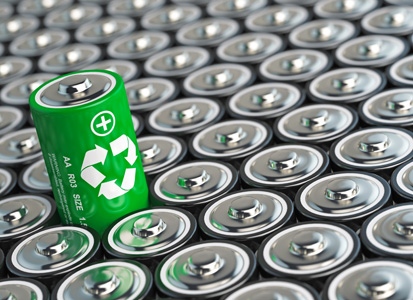Dave_H
Flashlight Enthusiast
Here is a bag of recycle cells snagged from store recycle box at the exit. Staff were asked and didn't mind.
Of the total weight 1.36kg, very weak or dead cells weighed 0.34kg (25%). Four premium Duracell D cells (0.54kg, 40%) were sitting at 1.51v OC, barely used. Remaining 0.48kg (35%) ranged from marginally-useful (to me) to barely-used AA, AAA, Zinc-Carbon and 9v.
Dave

Of the total weight 1.36kg, very weak or dead cells weighed 0.34kg (25%). Four premium Duracell D cells (0.54kg, 40%) were sitting at 1.51v OC, barely used. Remaining 0.48kg (35%) ranged from marginally-useful (to me) to barely-used AA, AAA, Zinc-Carbon and 9v.
Dave



